Trip Highlights :
IRAN with 26 UNESCO WORLD HERITAGE SITES is one of the countries you have to visit. So, if you haven’t traveled to Iran yet , don’t be doubtful anymore. It is high time you started planning your trip to Iran and see what this ancient country is like by yourself. After the outbreak of Covid-19, you now have the chance of planning your trip beforehand and you will always have the chance to reschedule your trip if the situations deteriorate.
Iran is one of the only countries in the world which has the complete four seasons The land whose every inch needs deep evaluation. Its north is covered with evergreen forests and a beautiful lake with a moderate climate, its south is led to the Persian Gulf, with a hot and humid climate, beautiful and attractive palm trees, its east with a hot desert and running sand, with its nights full of stars and the west of this vast land with mountains high in the sky, attracts the attention of every visitor.
In other words, Iran possesses characteristics of all four regions, given its position at the crossroads of these four geo-climatic zones. It is a land of wonder, paradox, and diversity, hence the appropriate title "Iran: a world inside a country". In fact, Due to the large size of Iran, there can be great variation in weather conditions across the country. e.g. winter weather in the northwest of Iran is typically cold with heavy snowfall and subfreezing temperatures, whilst in the southern regions of Iran; the weather during this period is often fairly mild. However, cold air blowing from Siberia can produce some very cold weather during this period. Weather during the spring period in Iran is typically fairly mild and most of the rainfall seen in Iran occurs during the spring and winter periods.
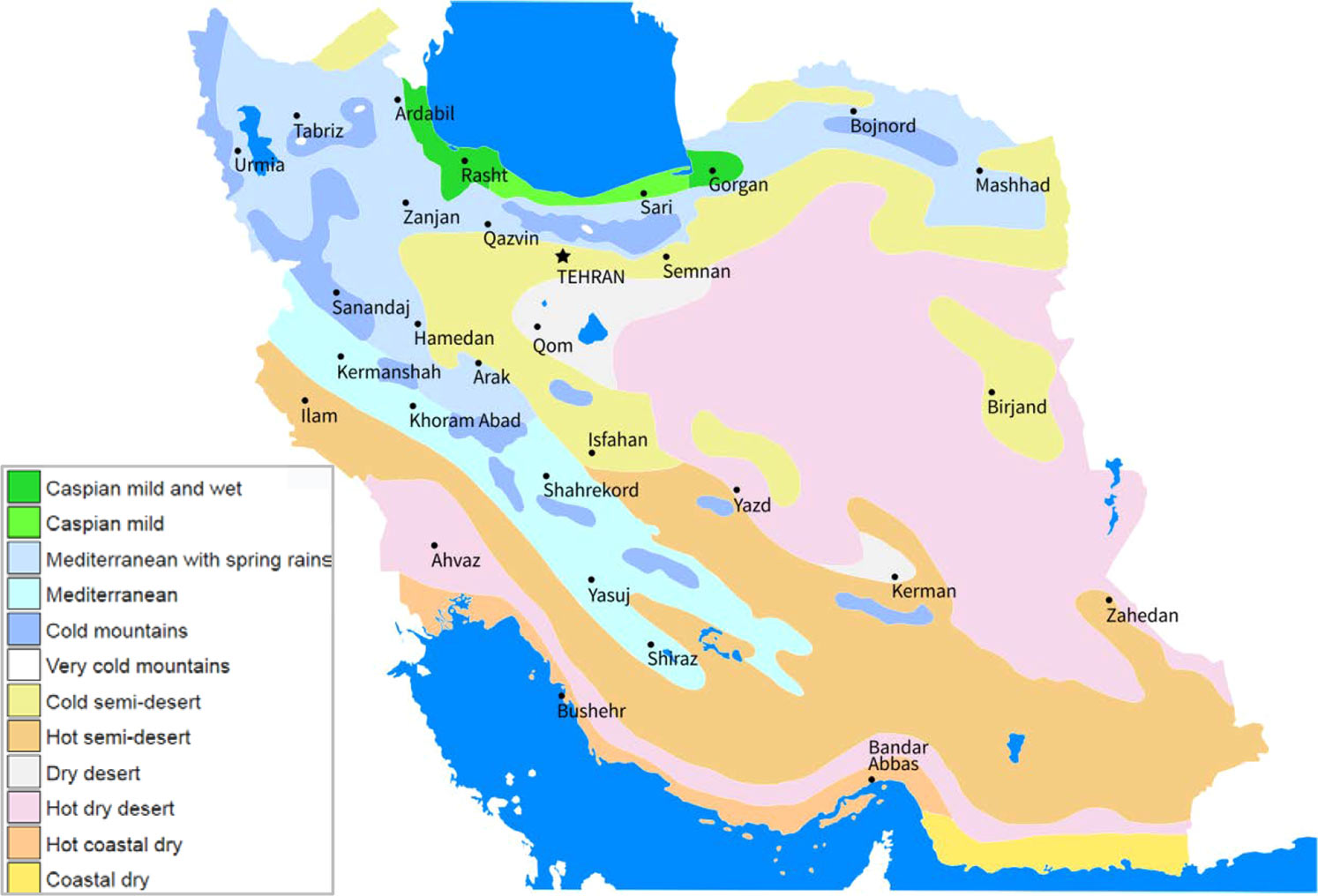
However, the weather within the Caspian coastal area of Iran (which is a high mountainous region) is very different from the rest of Iran and this area usually experiences rainfall throughout the whole year. Due to the different weather conditions in this country, the region is far more fertile than the rest of Iran which is typically fairly arid. Summer weather in Iran is typically very hot and dry. It is not uncommon for the temperature in the south of Iran to exceed 37 degrees centigrade during this period. The sun shines almost continuously during this season. Like spring, autumn is a fairly short season in Iran and it’s advisable to visit at this time.
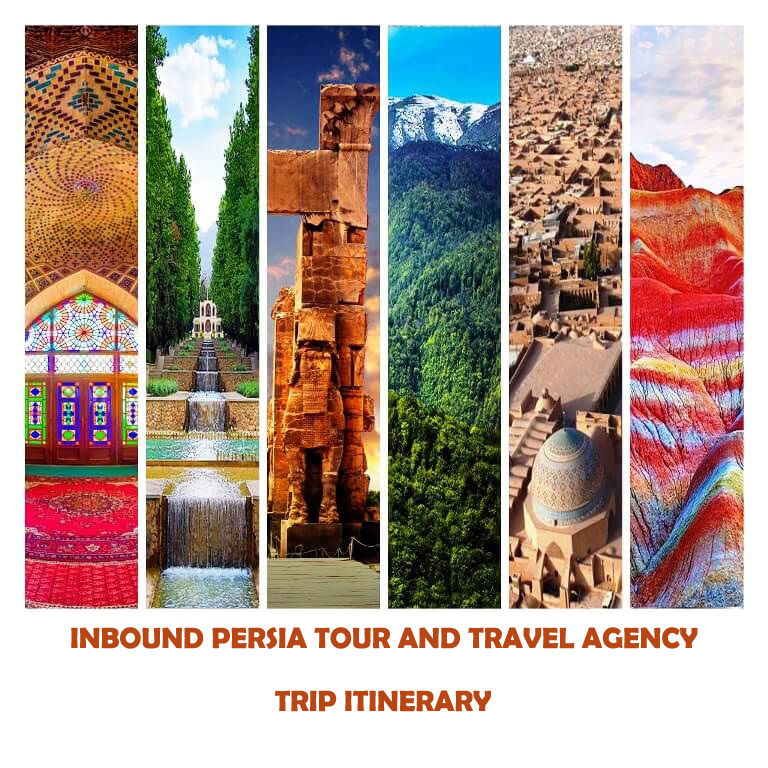
Trip Itinerary :
Day 01: Arrive to Tehran
Upon your early morning arrival at the airport, you will meet our representative carrying a card with our logo (transfer information) who will transfer you to your hotel. You will have time to rest and relax before our late morning tour of Tehran commences.
Tehran , a modern metropolis prides itself on having unique museums with immense and unrivaled collections and artifacts dating from the earliest onset of history to the present era. Our tour begins with a trip to the Archaeological Museum. Then, lunch will be set in an exquisite traditional Iranian restaurant where we will sample a wide range of delightful Persian dishes and desserts. Afterward, we will take you to a UNESCO WORLD HERITAGE SITE, the Golestan Palace. Built during the Qajar Dynasty (19th century). Stay overnight in Tehran.
.jpg)
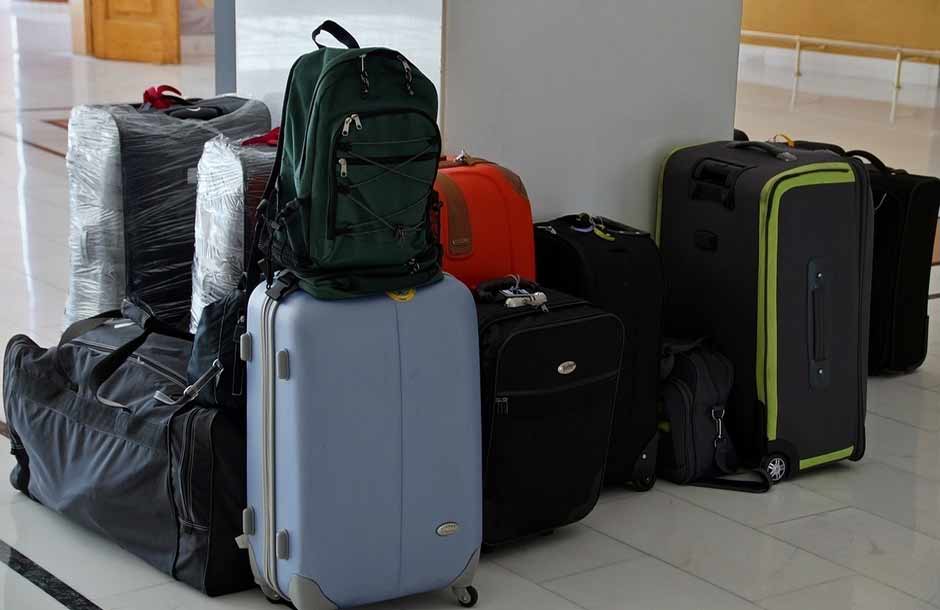

Day 02 : Drive to Qazvin (130km)
The foundation of this city dates back to Sassanid era (3rd century ), in the time of Shahpour the 1st. This city was once the capital of Iran In 16th century (Safavid era). Today you will visit the Jameh Mosque, Aliqapou palace, and then, the bazaar.Stay overnight in Qazvin.
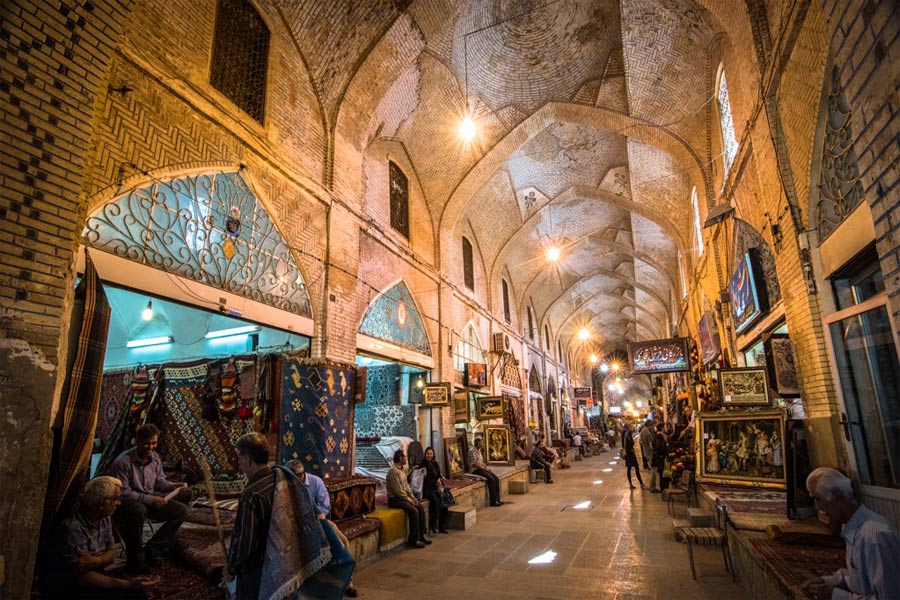
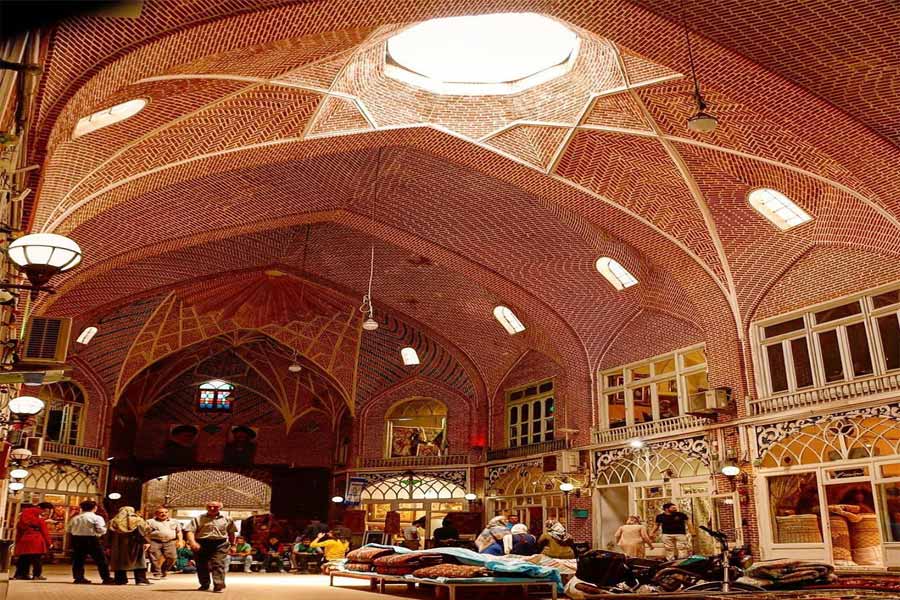
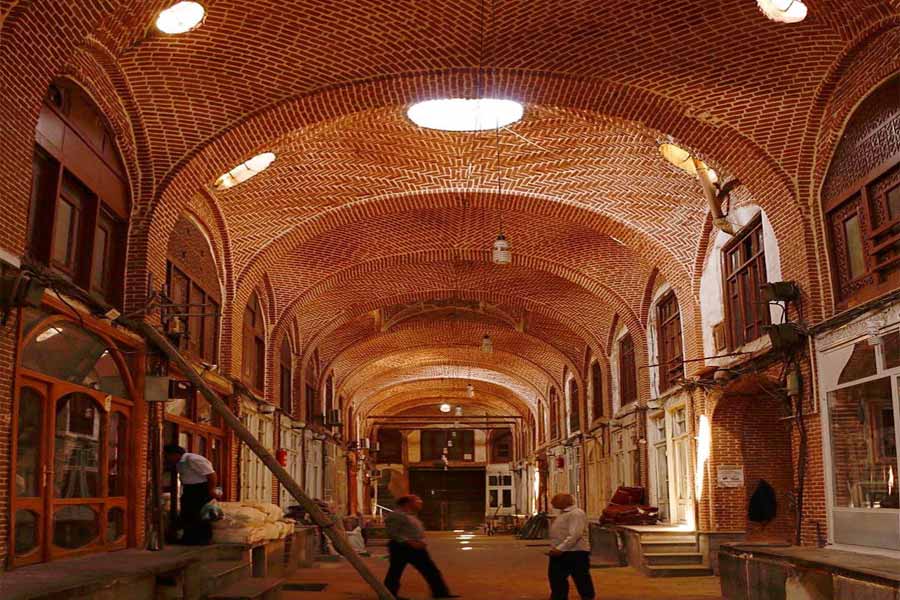
Day 03: Drive to Anzali via Masuleh (335km)
Masouleh is in Gilan province, North Iran Which is at least a millennium old, it is step-like and earthy coloured..You can explore this wonderful and beautiful village. After Masuleh, we will drive to Anzali which is one of the most important ports of Iran in caspian Sea and plays an important role in Iran tourism. Stay overnight in Anzali.

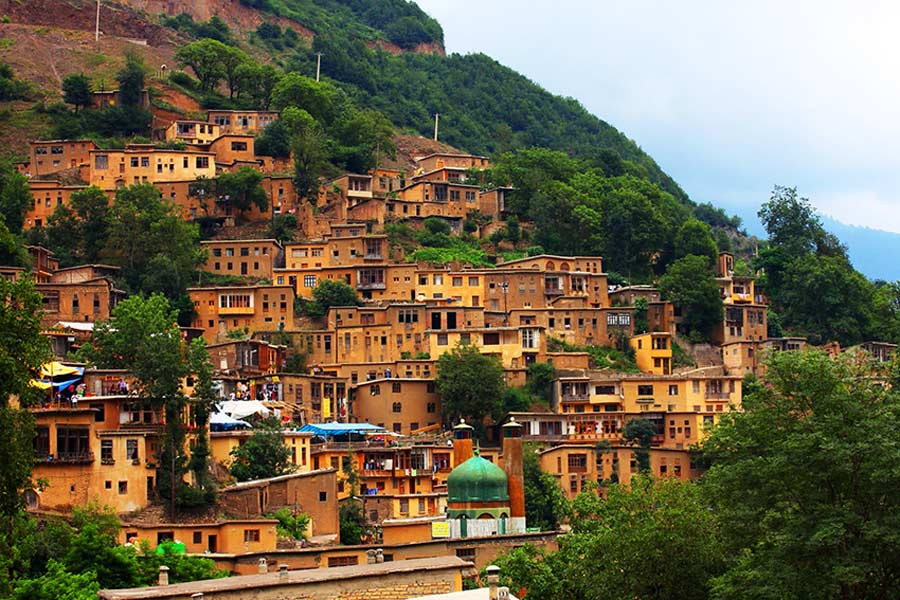
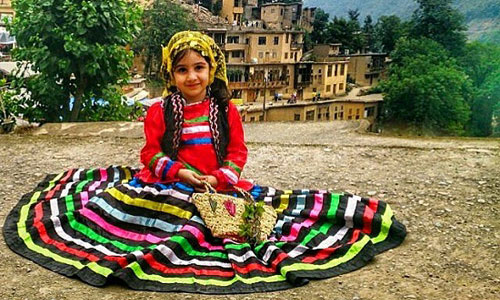
Day 04: Visiting Anzali
Anzali port or Bandar-e Anzali is one of the cities of Gilan Provine and one of the most important cities of Iran in terms of economics and tourism. This city is located on the southern coast of Caspian Sea. Today we will visit the Anzali Lagoon which is one of the best places for bird watching including almost 78 species of birds living in this area. The Military Palace Museum is another high light to visit. This palace has been built in 1930 by Reza Sah(1878-1944) the founder Pahlavid Dynasty. The palace turned into The military museum after several renovations in 1989. Stay overnight in Anzali.

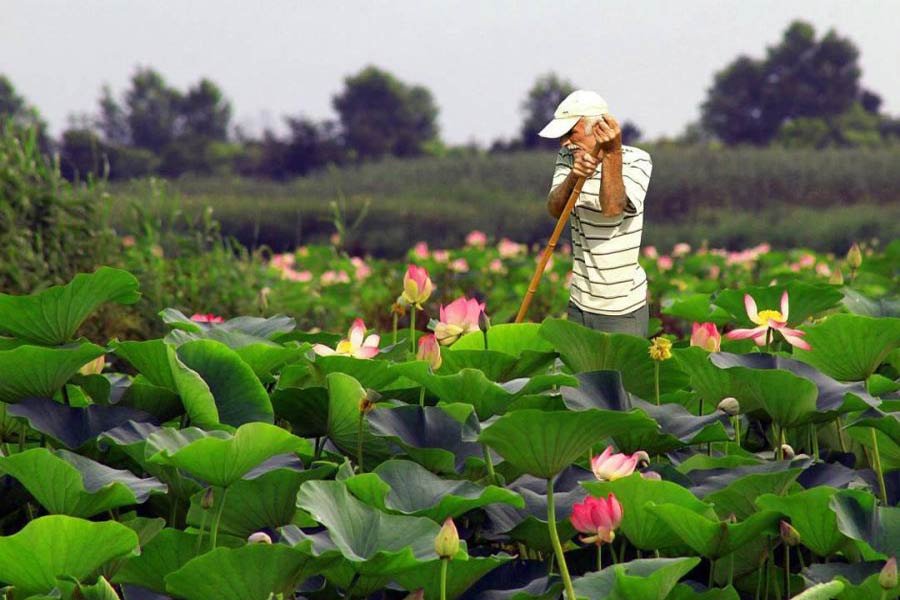
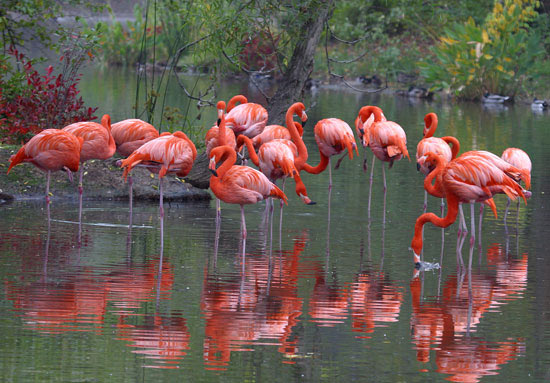
Day 05 : Drive to Sarein via Ardabil(270 km)
Ardabil is an ancient city which is located at the foot of Sablan Mountain (the bride of Iran Mountains). In this city the Safavid dynasty(16&17 century) . We will visit the mausoleum of Sheikh Safi-ad-Din-e-Ardabili. It is an impressive monument, including the mausoleums of Sheikh Safi and Shah Isma’il, Chini khaneh (the house of chinaware), a mosque, Jannat Sara (the house of paradise), Khanqah (the house of Dervishes), Cheragh Khaneh (the house of lamps), Shahid khaneh (the house of martyrs) and Chelleh Khaneh (the place where devotees shut themselves up during the forty days of Lent). The mausoleum of Sheikh Safi, the famous dome which is called “Allah-Allah” has an octagonal interior design. Archeological Museum is the next highlight to visit. After that, we will drive to Sarein, which is famous for its hot springs or spas.We can enjoy the remedial benefits of them which have therapeutic attributes for some skin diseases, internal illnesses, and joint problems. We stay overnight in Sarein.

.jpg)
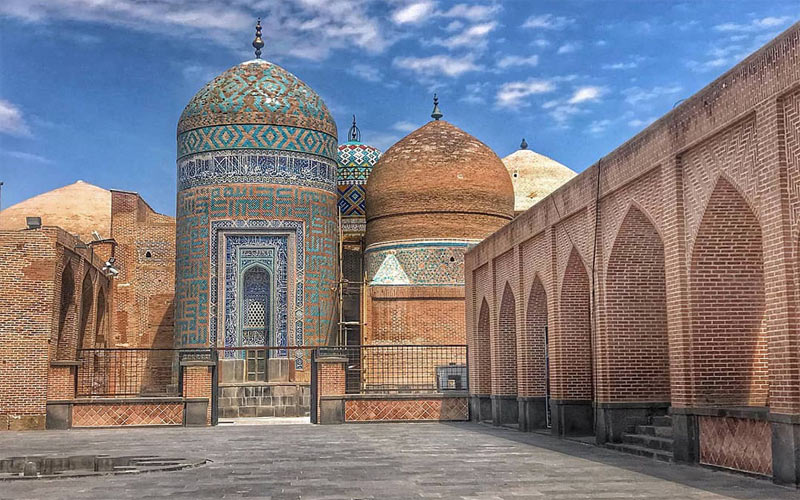
Day 06 : Drive to Tabriz(230 km)
Today, we will drive to Tabriz, the capital of East Azerbaijan province and one of the most populated city of Iran. The most preserved historical monuments of Tabriz date back to Ilkhanid mongol(14 century), Safavid(16 & 17 century ) and Qajarid(19 century) Dynasties. Today afternoon we will explore the biggest roofed bazaar of Iran and where the Visitors enjoy the sightseeing named Shah Goli or Eil Goli (the Shah’s pool) which is the name of a large city park in Tabriz. Stay overnight in Tabriz.
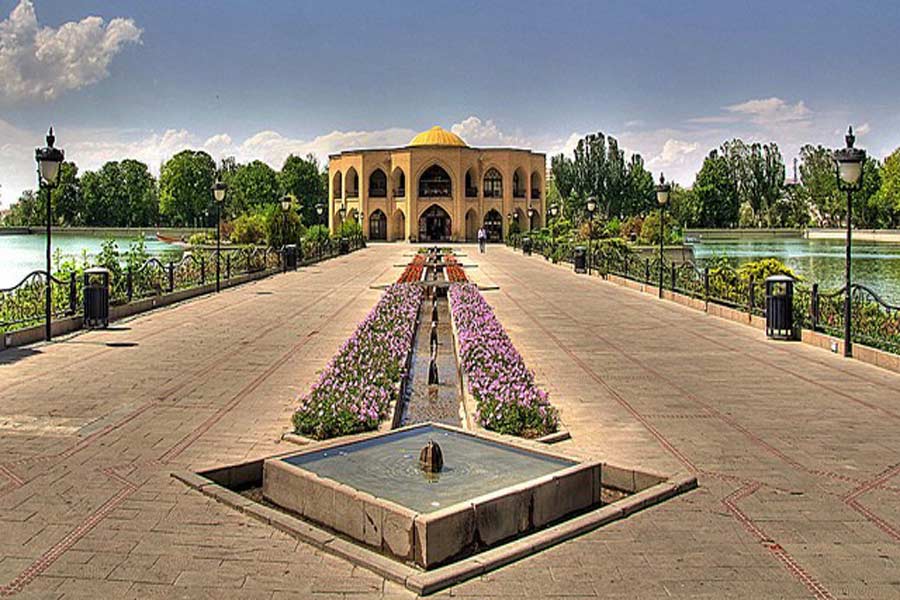
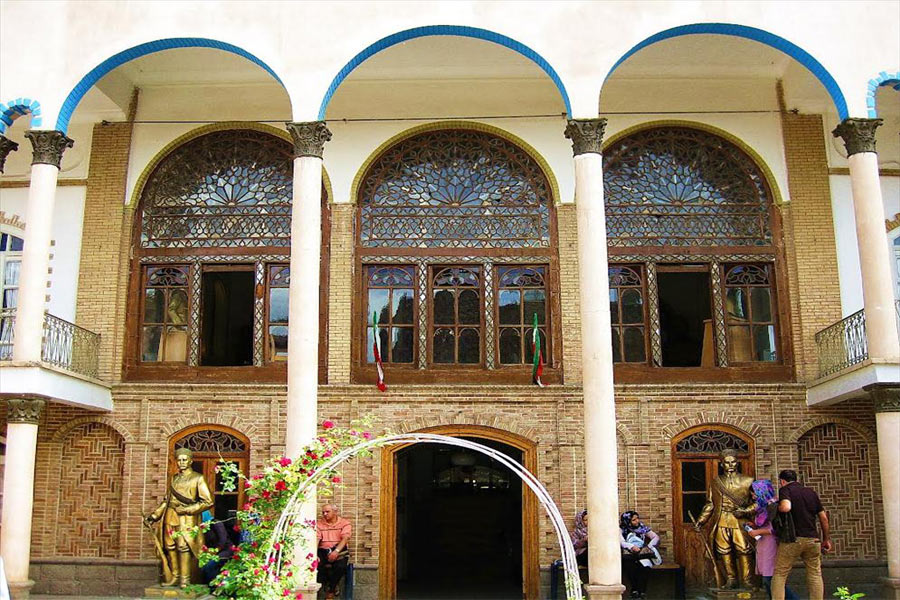
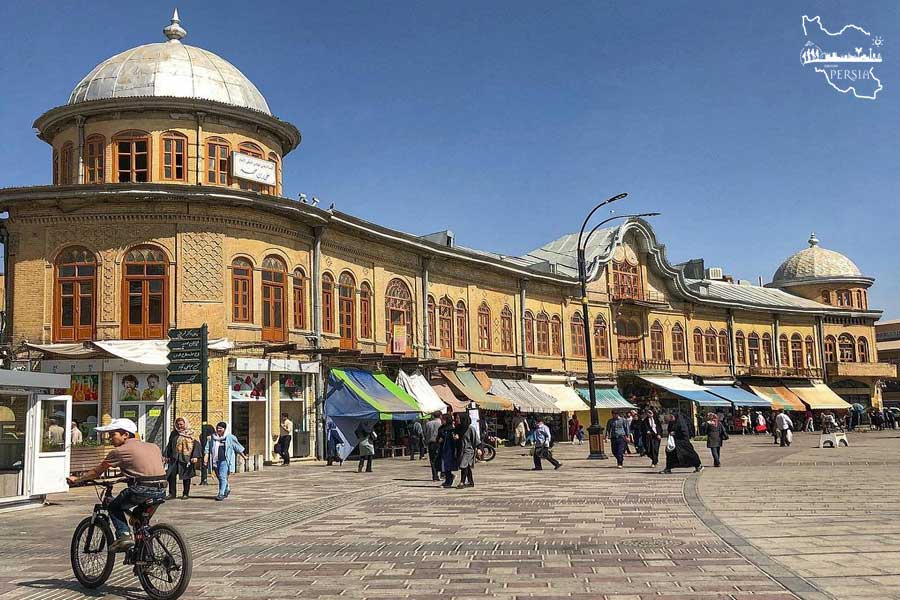
Day 07 : Tabriz
Our today excursion is a short drive(45km) to Kandovan which is a village that is one of the third rocky villages in the world. The people are still living there and is one the attractive highlights of Iran. After that, we will drive back to Tabriz to cover the rest of excursion by visiting Kabood Mosque which dates back to 870 CE. The last stop is the Azerbaijan museum. Stay overnight in Tabriz.
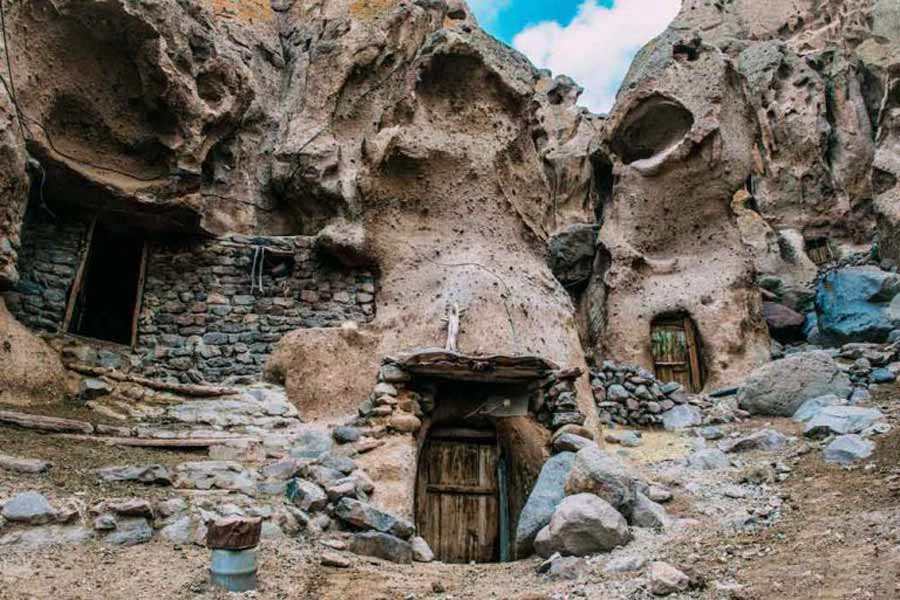
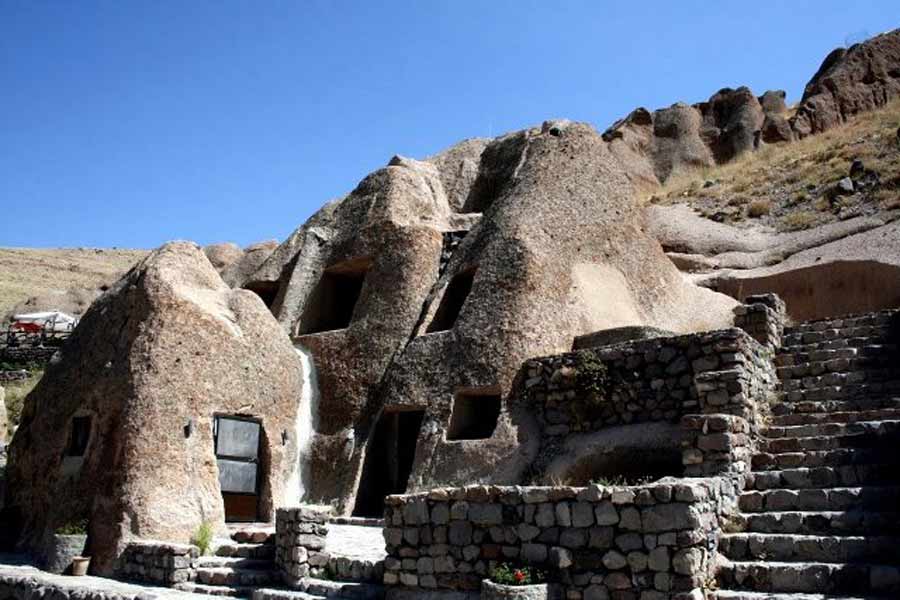
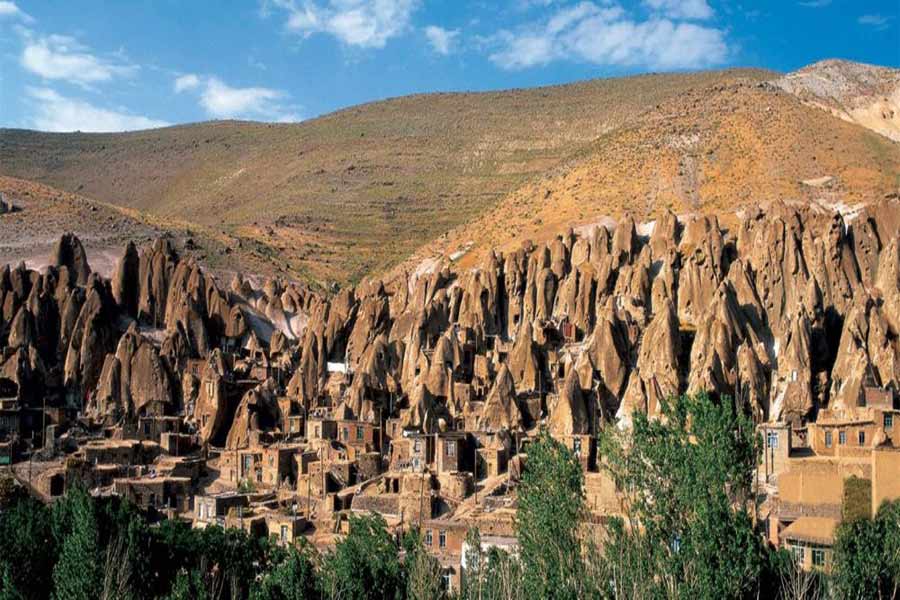
Day 08: Fly to Kerman
Two hours flight from North West to South East. Kerman is the largest and most developed city in Kerman Province and the most important city in the southeast of Iran. After lunch and a short rest, you will head to the famous and traditional Bazaar which dates back to 17th and 19th. You can visit a Traditional Bath House which is converted to a nice anthropology museum, coin museum, caravanserai, and a wonderful mosque. Stay overnight in Kerman.


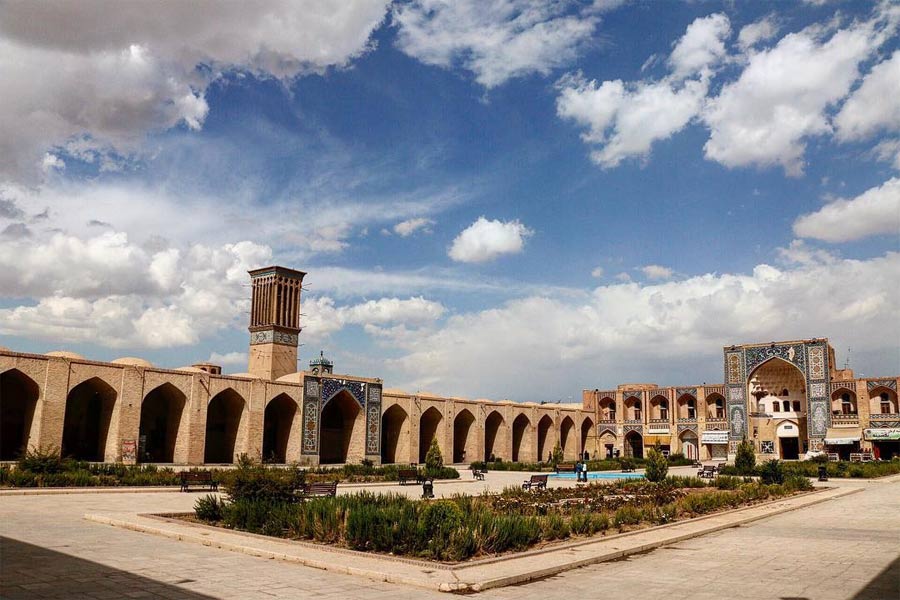
Day 09: Drive to Lout desert via Mahan and Rayen(296km)
The Tour starts by driving to Rayen to visit The Sassanian citadel which is an adobe castle 100 Kilometers south of Kerman province, Iran. It is situated at the foot of the mountain Hezar. The medieval mud-brick city of Rayen is similar to Arg-e Bam which was ruined in an earthquake in December 2003. Rayen displays all the architectural elements of a deserted citadel. It is extremely well preserved, despite of numerous natural disasters that have destroyed similar structures nearby, and it is one of the most interesting sites in Iran. Afterward, we will drive to Mahan to visit the Prince garden in the heart of Desert which dates back to the Qajar Dynasty(19century). After having lunch we will head to the Lout desert. Stay overnight in the desert. There are enough rooms there for the groups.
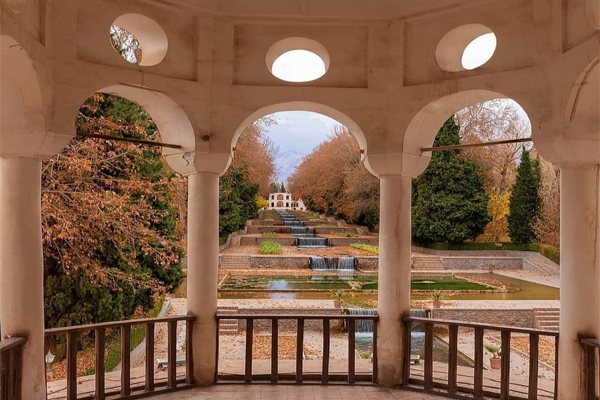


Day 10 : Yazd
We take up our tour by traveling to the historical and UNESCO REGISTERED CITY OF YAZD. The City of Yazd is located in the middle of the Iranian plateau, 270 km southeast of Isfahan, close to the Spice and Silk Roads. Since 2017, the historical city of Yazd is recognized asa WORLD HERITAGE SITE BY UNESCO. Yazd is among the unique historical provinces in Iran and one of the most beautiful mud-brick cities in the world.The wide range of tourist attractions brings all the year tourists from around the globe. The city has acquired many titles through out the centuries: the City of World's Wind-Catchers, The City of Bicycles, The City of Sweets, The City of Qanats, and The City of Fire and Sun. In the evening we will visit zurkhaneh.It is a combination of martial arts, strength training, and music. Way before body building, Persians used to practice weight lifting in Zoorkhaneh. We can see this tradition present in ancient Iranian stories too. Afterward, we visit Amir chakhmagh square and Dowlatabad Garden, one of the ninth Persian Gardens registered in UNESCO WORLD HERITAGE SITE and afterward we walk through the city and enjoy this mud-brick city. Overnight in Yazd.

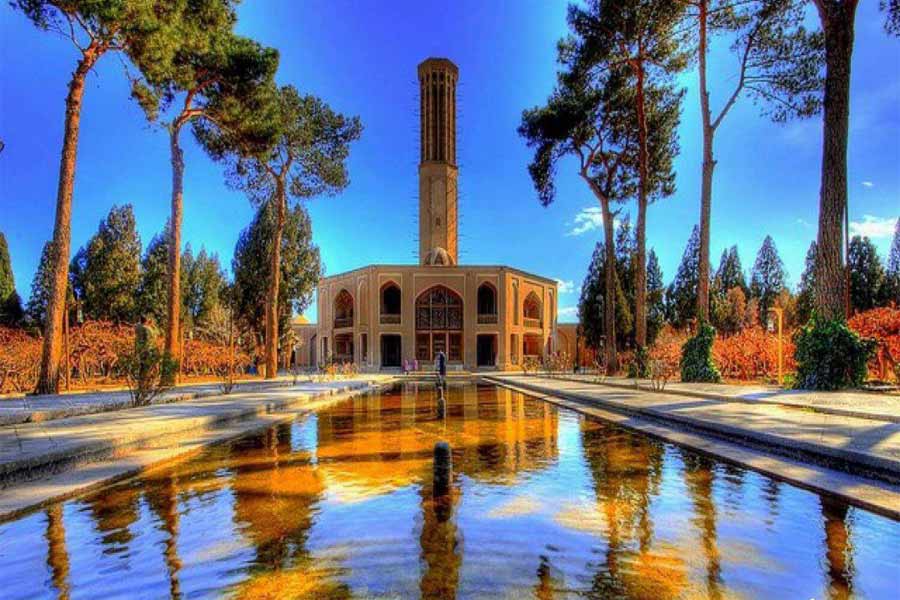
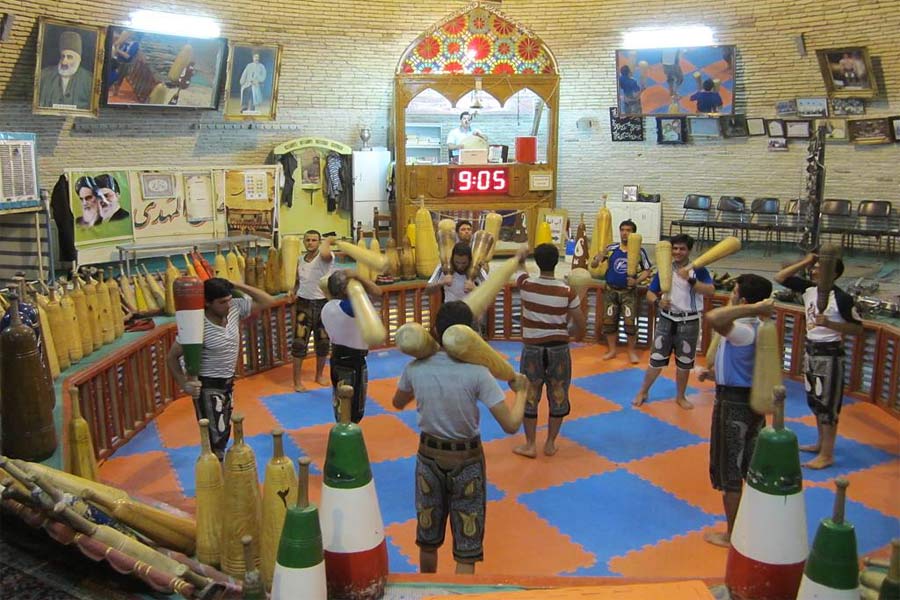
Day 11: Yazd
This ancient desert city was a major stop on the caravan routes to central Asia and India during the Silk Road period and it still retains a rustic feel. Yazd is also the heart of Zoroastrian religion, which you'll learn more about during visits to the Fire Temple. The fires within the Fire Temple are said to have continuously burned since AD 470.The city dates from Sassanid era (2000 years ago), and was called in those days "Isatis".It also means Worship, Praise and Adoration. The appellation of the city is "The City of Gods". Yazd is the second Mud-Brick city in the world remaining from ancient times.We visit historical and UNESCO REGISTERED CITY OF YAZD and enjoy a hearty local breakfast then set out on a walking tour to visit the Jameh Mosque and the older parts of the city. Walk the narrow kuches (lanes) past simple courtyards and ornate doors on mud-brick buildings. One of the most distinctive features of Yazd is the presence of wind towers, that capture the softest of breezes and send them to the buildings below in a forerunner of modern air-con.afterward we will excursion in the city. Overnight in Yazd.
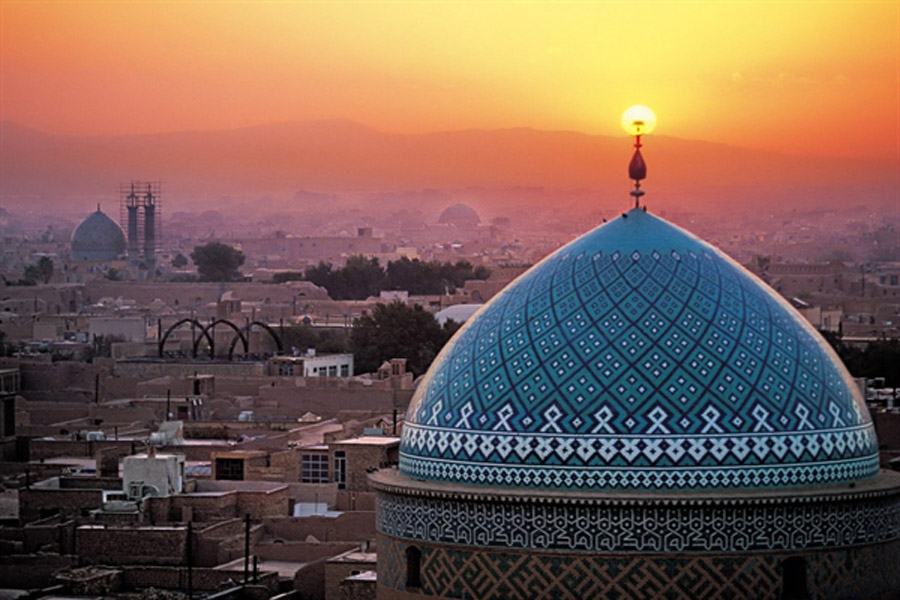

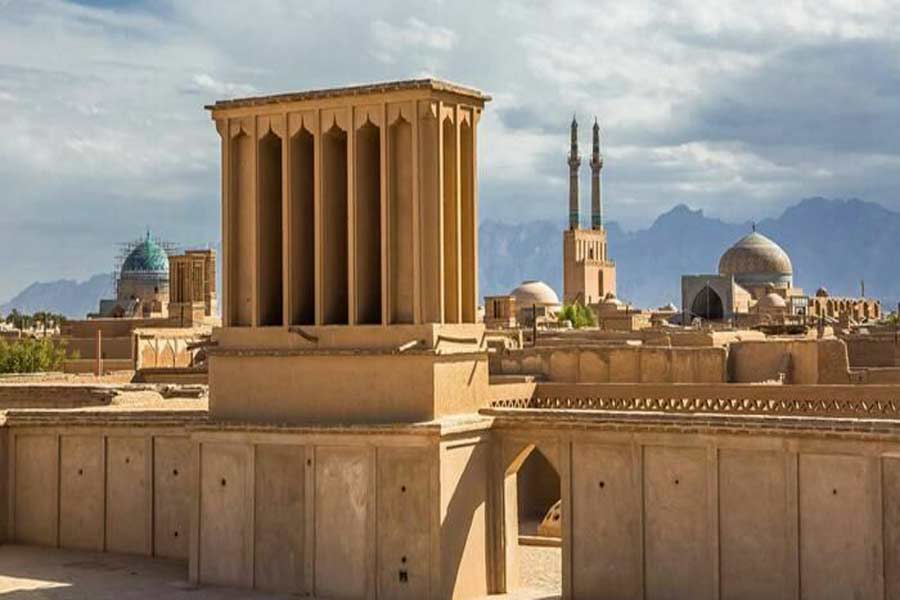
Day 12 : Isfahan
As the 17th-century capital of the Safavid Empire, Isfahan was one of the world's greatest cities architecturally striking, wealthy beyond imagination, and politically powerful with Europeans, Ottomans, Indians, and Chinese coming to its court– the heart of a vast Persian Empire that stretched from the Euphrates River in present-day Iraq to the Oxus River in Afghanistan. Indeed, its grandeur inspired the rhyming proverb, Isfahan nesf e jahan (Isfahan is half of the World). Imam Square of Isfahan is one of the largest city squares in the world and was Built by Shah Abbas I the Great at the beginning of the 17th century. This amazing site in 1979 was designated a UNESCO WORLD HERITAGE SITE. Must see this place. Imam square is surrounded by important historical buildings from the Safavid era. The Shah Mosque is situated on the south side of this square. On the west side, you can find Ali Qapu Palace. Sheikh Lotf Allah Mosque is situated on the eastern side of this square and the northern side opens into the Isfahan Grand Bazaar. They are an impressive testimony to the level of social and cultural life in Persia during the Safavid era. Afterward, we will visit Chehel Sotoun, literally meaning forty columns, a royal pavilion that was built by Shah Abbas I as a place to receive ambassadors and international guests. The Chehel Sotun Palace, along with eight other gardens, is registered as a UNESCO WORLD HERITAGE SITE under the name of the Persian Gulf. Overnight in Isfahan.
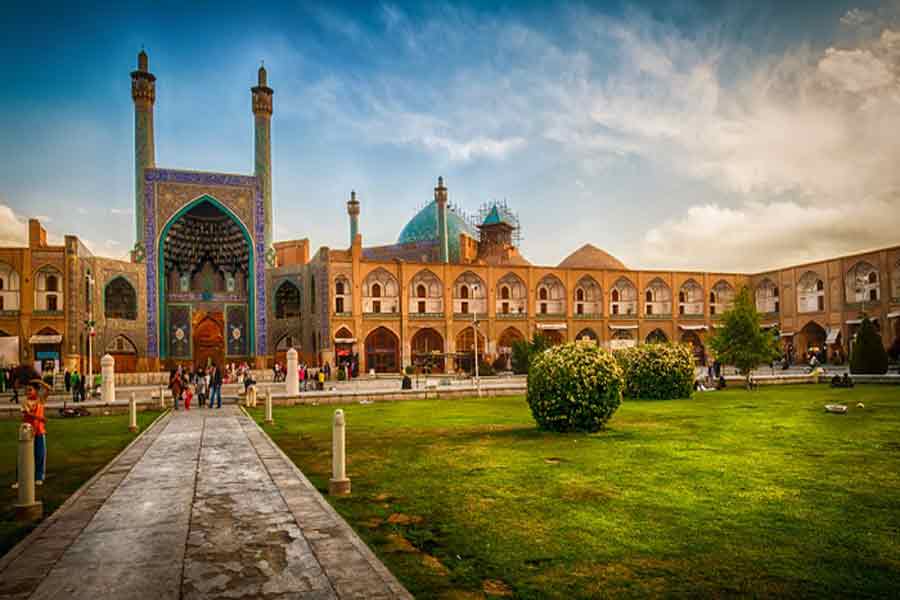
.jpg)
.jpg)
Day 13 : Isfahan
Today we continue our tour of the city with a visit to Isfahan’s Jame' Mosque which holds in itself the passage of several centuries of historical Islamic evolution. This mosque is a gallery of Islamic architecture in which the progress of the architecture from the outset of Islam till recent times is evident .Then we will visit Vank Cathedral which is one of the most beautiful Armenian churches in the world and will undoubtedly capture the attention of every Christian. Afterwards. We will conclude with a visit to Allahverdi Khan Bridge popularly known as Si-o-seh pol; the bridge of thirty-three spans. It is one of the most famous examples of Safavid bridge design and the longest bridge on the Zayanderud (the largest river of the Iranian Plateau in central Iran) with the total length of 297.76 meters. You can do free activities in the evening.Stay overnight in Isfahan.
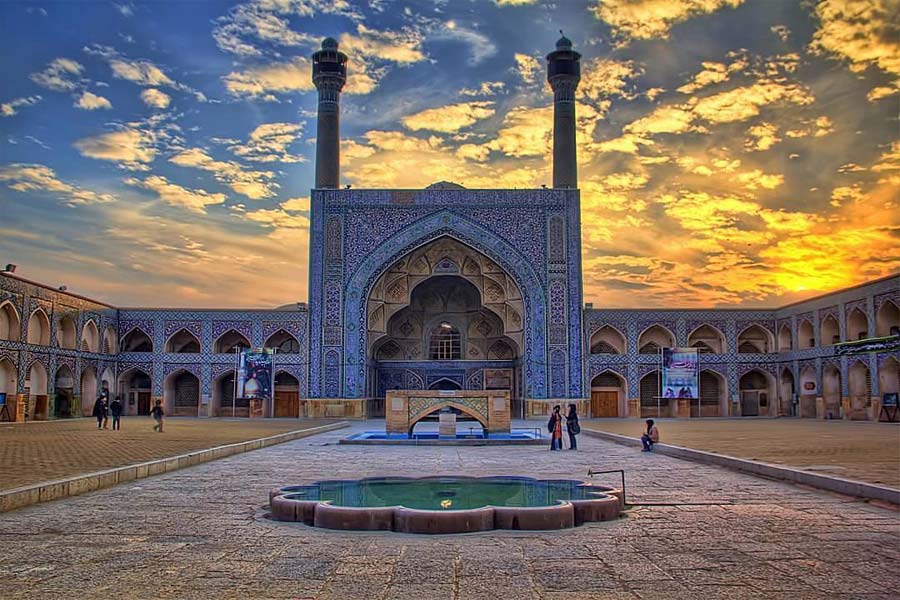
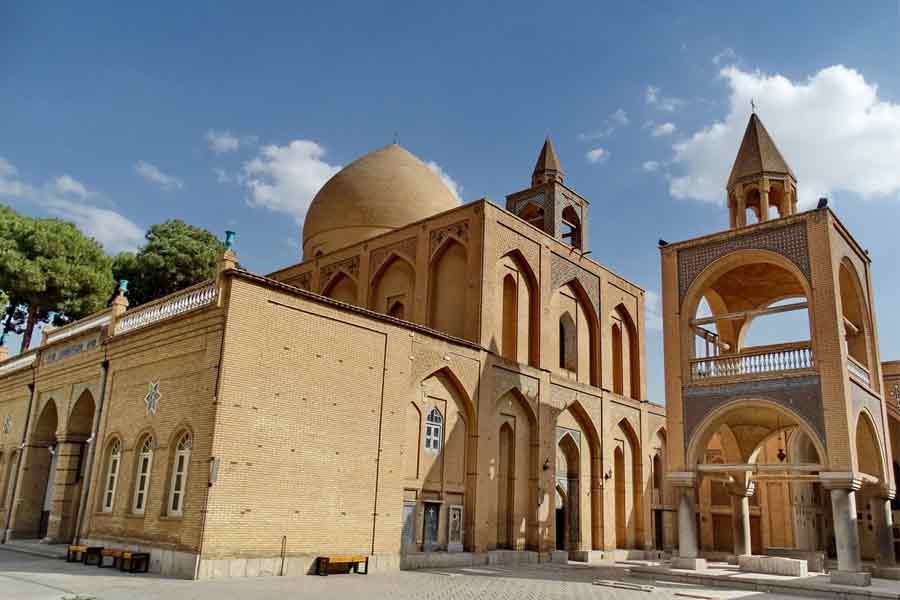
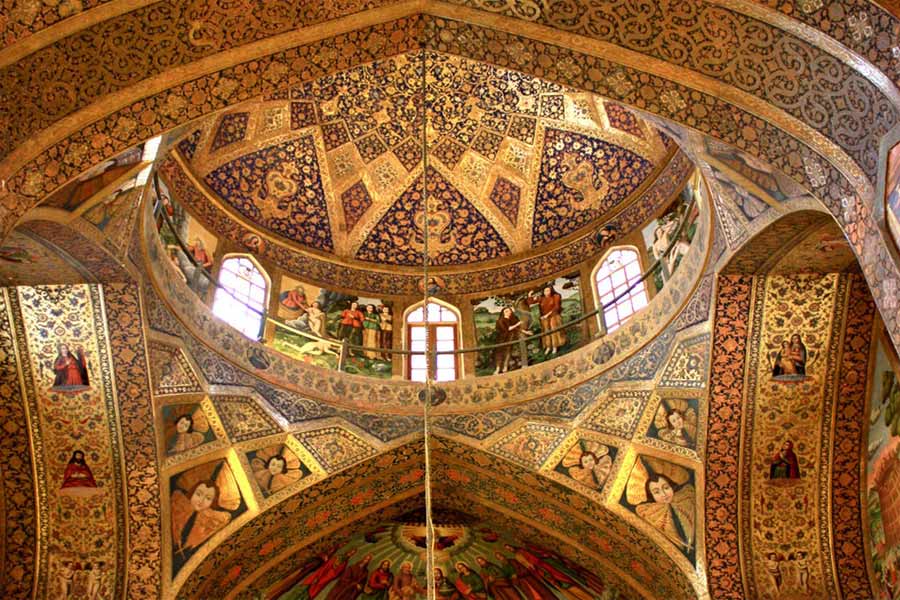
Day 14: Shiraz
We move to the historical and beautiful city of Shiraz, a city from ancient times. On the first day of the Shiraz tour, we will visit Quran Gate and Ali Ibn Hamza Mausoleum. And afterward, we will check-in at the hotel and rest for tomorrow's tour. Overnight in Shiraz.
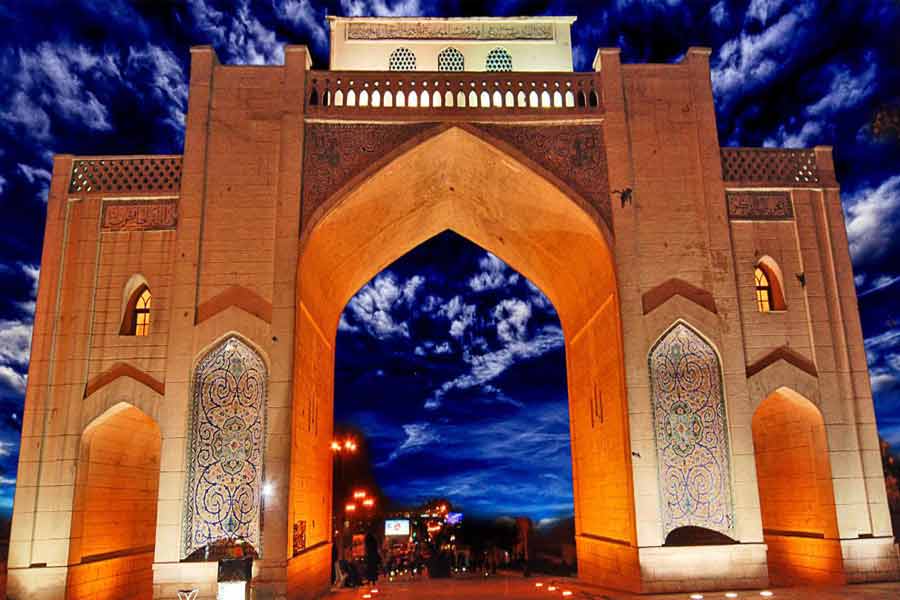
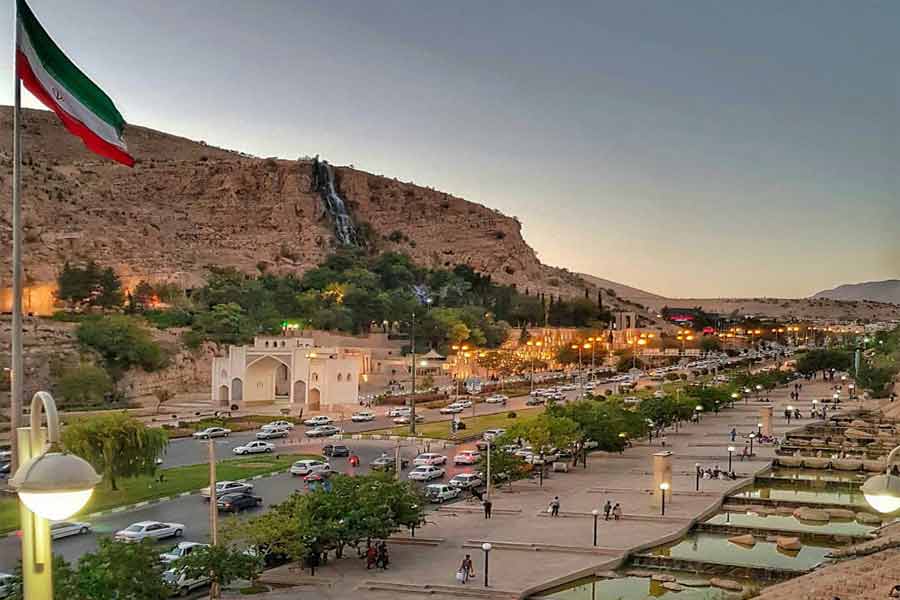
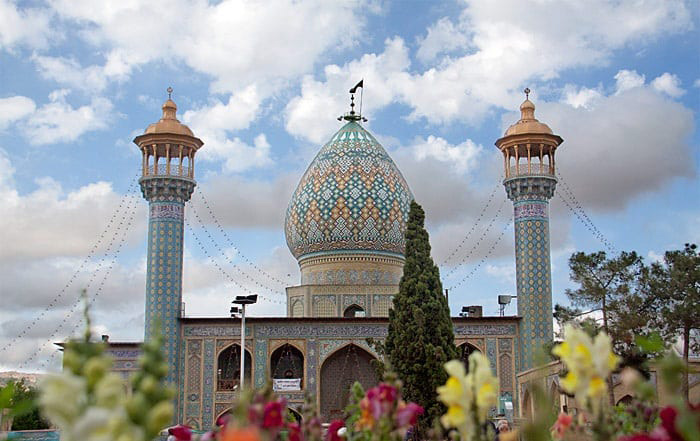
Day 15: Shiraz
Shiraz has a reputation as an enlightened city that has been atthe center of Persian culture for more than 2,000 years and was at one timethe country's capital.Shirazis crowned as the heartland of Persian culture and this city of sophisticationwill never fail to conjure up images of roses and nightingales, gardens, and poetry.Early in the morning, relish in the highlights of Shiraz when it was thecapital of Iran during the Zand Dynasty. Be inspired by the glorious Karim Khanpalace, the splendid Vakil mosque, Vakil Bazaar, and Saray-e-moshir with itssplendid architecture and interesting ethnic souvenir shops, Nasir Almolkmosque. Next, we will stop for a mouth-watering Iranian lunch at one of thetraditional restaurants in ShirazThisgorgeous city in the province of Fars is home to famous poets such as Hafez andSa'adi and historical sites from different eras stretching back 6,000 years agocan be found. In the evening we will visit Eram Garden, a UNESCO WORLD HERITAGESITE, and Hafez Tomb. Overnight in Shiraz.


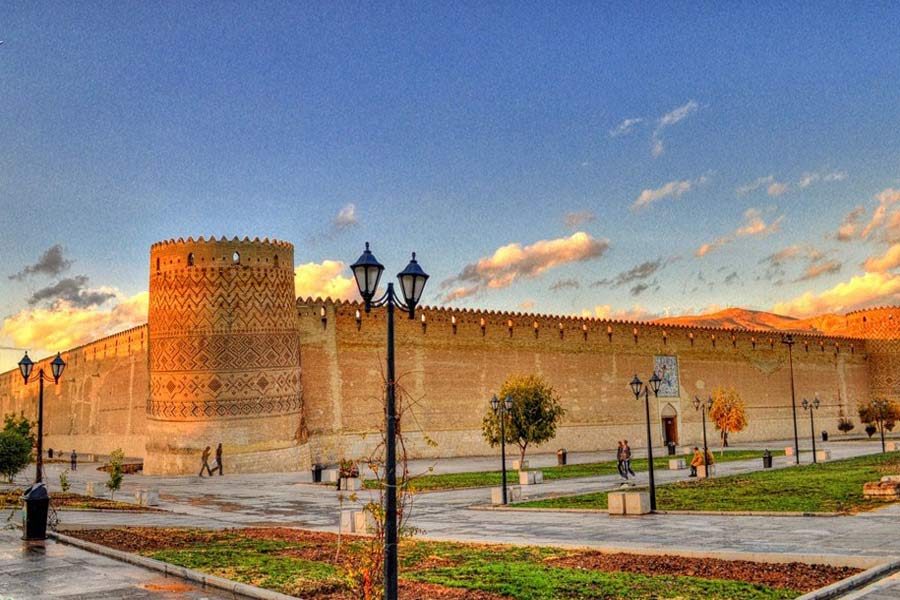
Day 16: An excursion to Persepolis & Necropolis (Naghsh e- Rostam )
Our excursion for Today is Persepolis, a UNESCO WORLD HERITAGE SITE. Founded by Darius I in 518 B.C., Persepolis was the capital of the Achaemenid Empire. It was built on an immense half-artificial, half-natural terrace, where the king of kings created an impressive palace complex inspired by Mesopotamian models. The importance and quality of the monumental ruins make it a unique archaeological site. It seems that Darius planned this impressive complex of palaces not only as the seat of government but also, and primarily, as a showplace and a spectacular center for the receptions and festivals of the Achaemenid kings and their empire such as Nowroz (New Year, March 21st).
The next is Necropolis(Naghsh e- Rostam). Opposite Rahmat mountain, ten minutes drive to the north, proudly stands the Necropolis, the magnificent burial place of Achaemenid kings. The site also provides seven bas-reliefs dating back to Elamite and Sassanid periods.


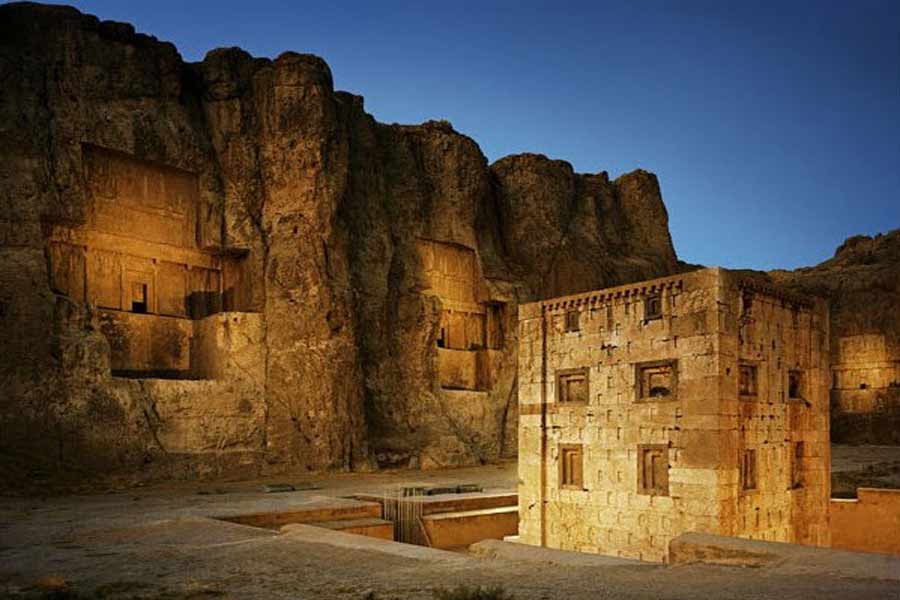
Day 17: Qeshm Island
In the morning we fly to Qeshm Island. Qeshm Island is home to 1/5% foreign and 25% of Iran’s native birds. The Island is 300 square kilometers and has many eco-tourist attractions such as Hara marine forest(Avecina marina), Portuguese fort, Naaz Islands, Stars Valley, Hengam Island, and Chahkooh Canyon. Stay overnight on Qeshm Island.


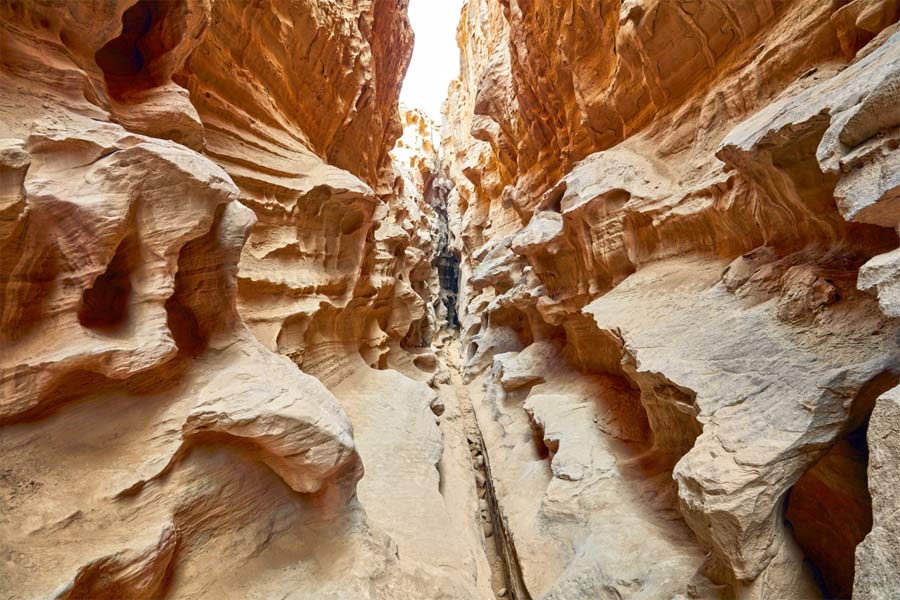
Day 18: Visiting Hormuz Island
Our early morning tour is visiting Hormuz Island. We will take the ferry to get to Hormuz Island and it takes almost 45 minutes. on the way, we will cross the Hormuz Strait which is between the Persian Gulf and the Oman Gulf. It is the only sea passage from the Persian Gulf to the open ocean and is one of the world’s most strategically important choke points. Hormuz Island is famous asthe rainbow Island of Iran with colorful beaches. The wide-ranging colors ofthe soil include white, yellow, red, green, orange, beige, brown, lightturquoise, and also gold. From a geology perspective, the island is one of the most important salt domes in the world; due to these features, it has been given the name lithology lab. The agile artists of the island also produce hand arts such as colorful paintings made with their valuable soil, also very popular among tourists. The best time to visit Hormuz island is in winter. Naturalevents like the migration of birds and turtles also occur in this season.Undefined When you decide to travel to Hormuz island, you need to prepare yourself,because in Hormuz there is neither a shopping center nor a luxurious hotel.Everything is pristine and intact. What makes this island scarce, is that there are no urban elements there. Besides all the details, we will explore the Islandby visiting Hormuz Portugueses Castle, Rainbow Valley, Salt goddess, the Valleyof Statues, and Salt cave until the afternoon. Afterward, we will get back to Qeshm Island and stay overnight there.
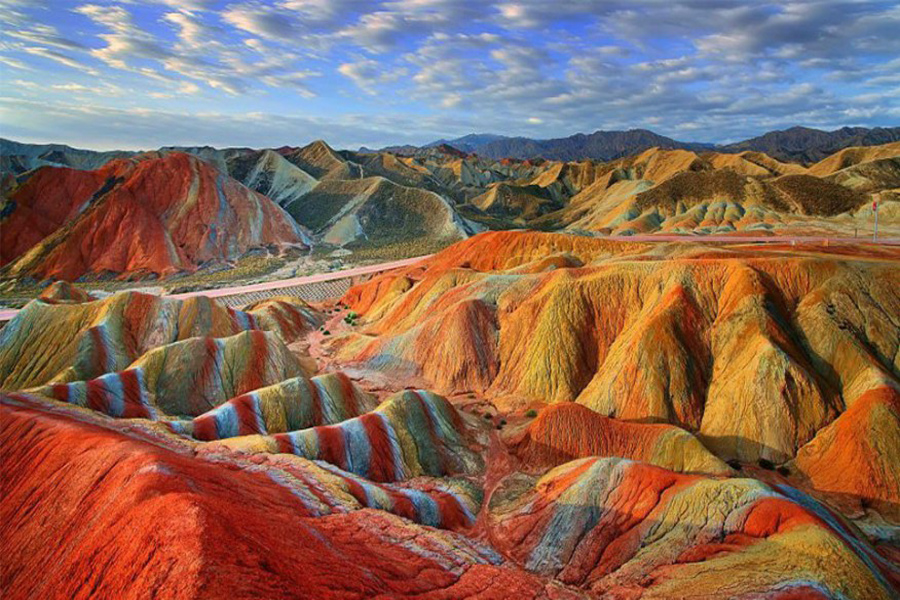


Day 19: Kish Island
Thereis no direct flight from Qeshm to kish Island. Therefore, we should take the ferry from Qeshm to Bandar Abbas Port and fly 50 minutes to Kish Island. Due to its free trade zone status, it is touted as a consumer’s paradise, with numerous shopping malls, tourist attractions, and resort hotels. About 1 million peoplevisit the island annually. Kish Island was ranked among the world’s 10 most beautiful islands by The New York Times in 2010 and is the fourth most visited vacation destination in the Middle East. Today afternoon is free at your leisure. Stay overnight on Kish Island.
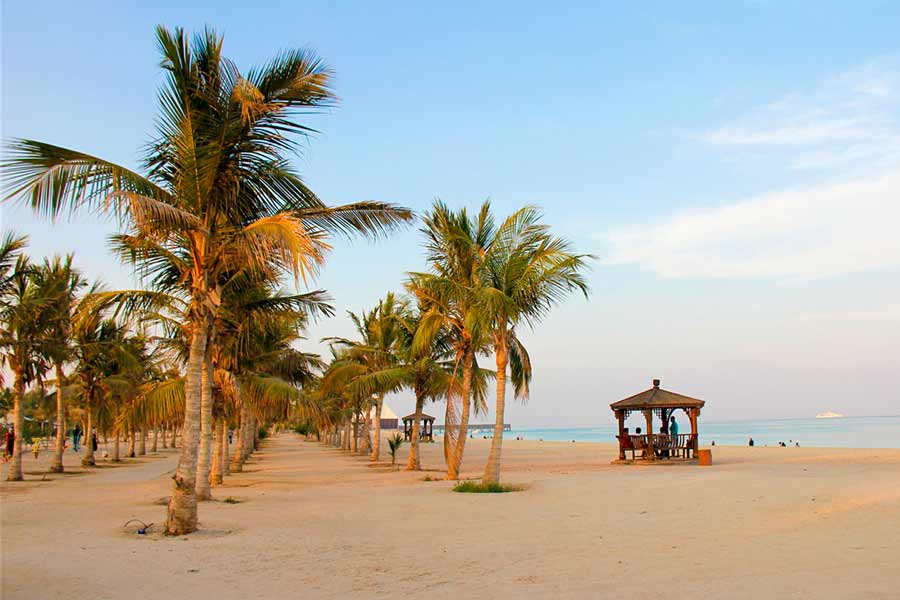
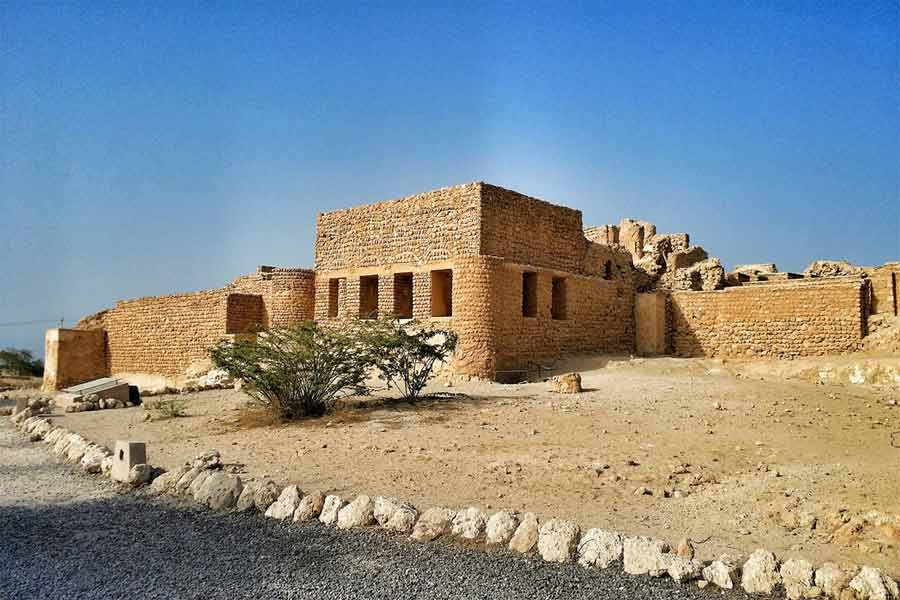
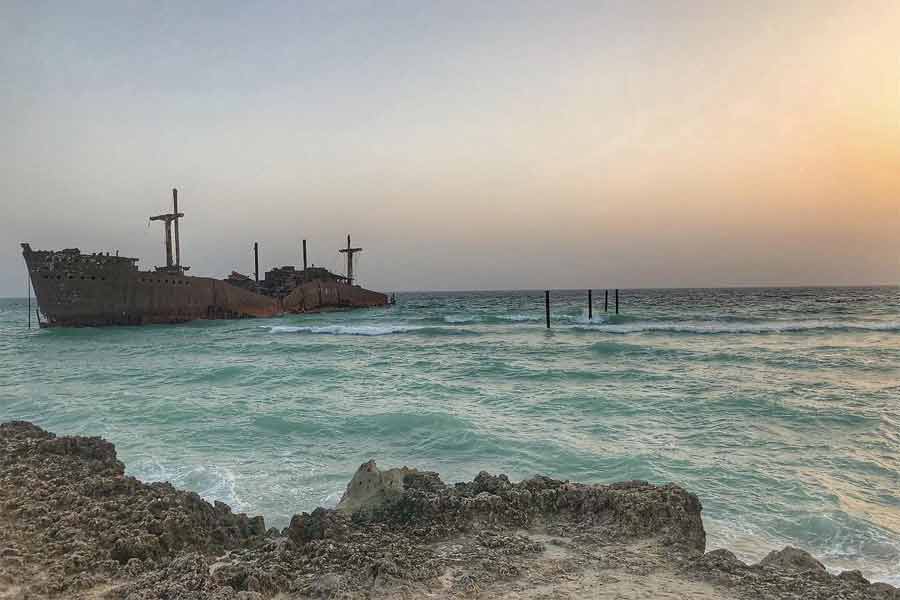
Day 20: Kish Island
END TOUR
Our representative will transfer you to Kish international airport according to your flight time and you will depart Iran, the land of warmth and hospitality with fond memories
